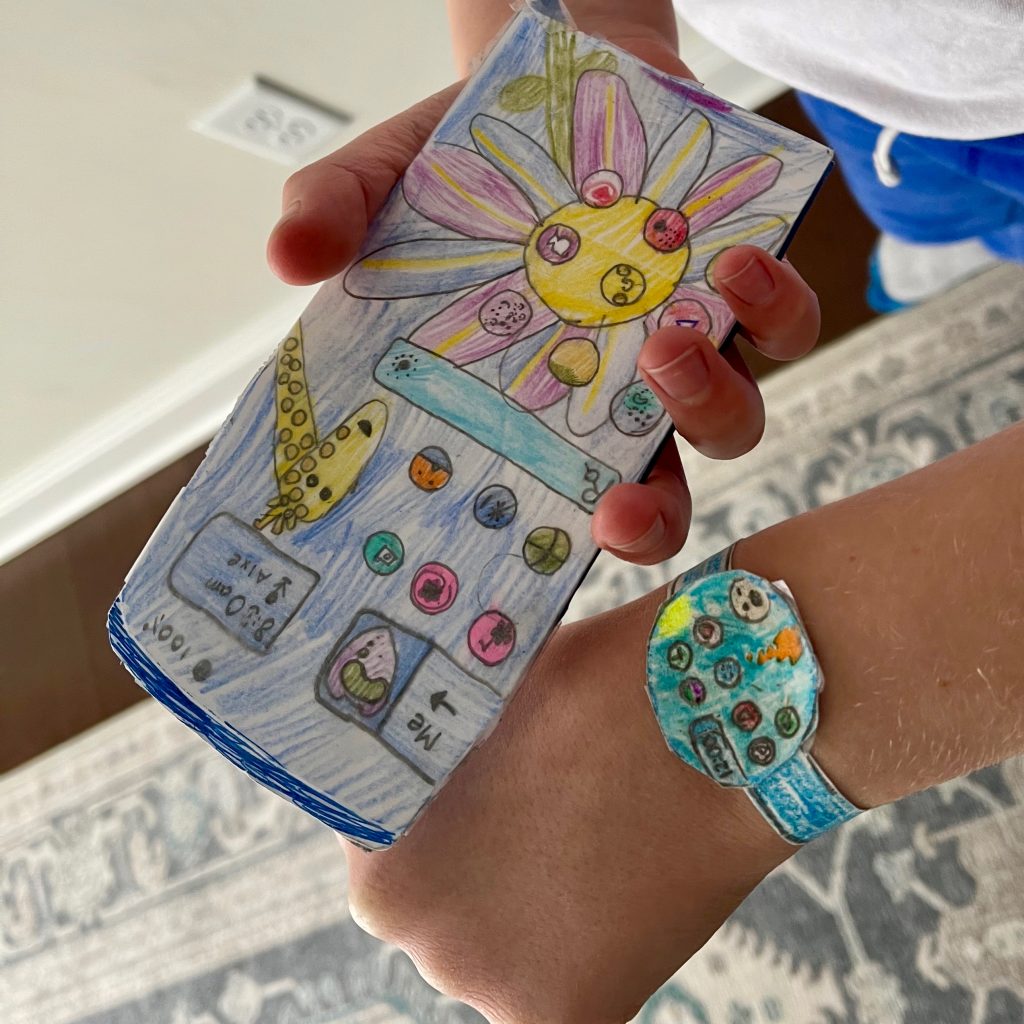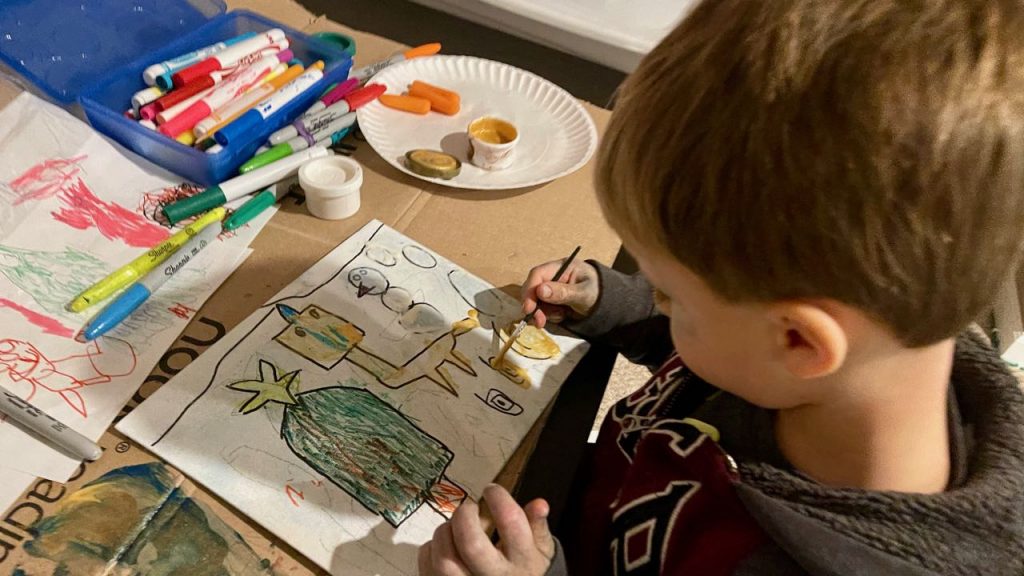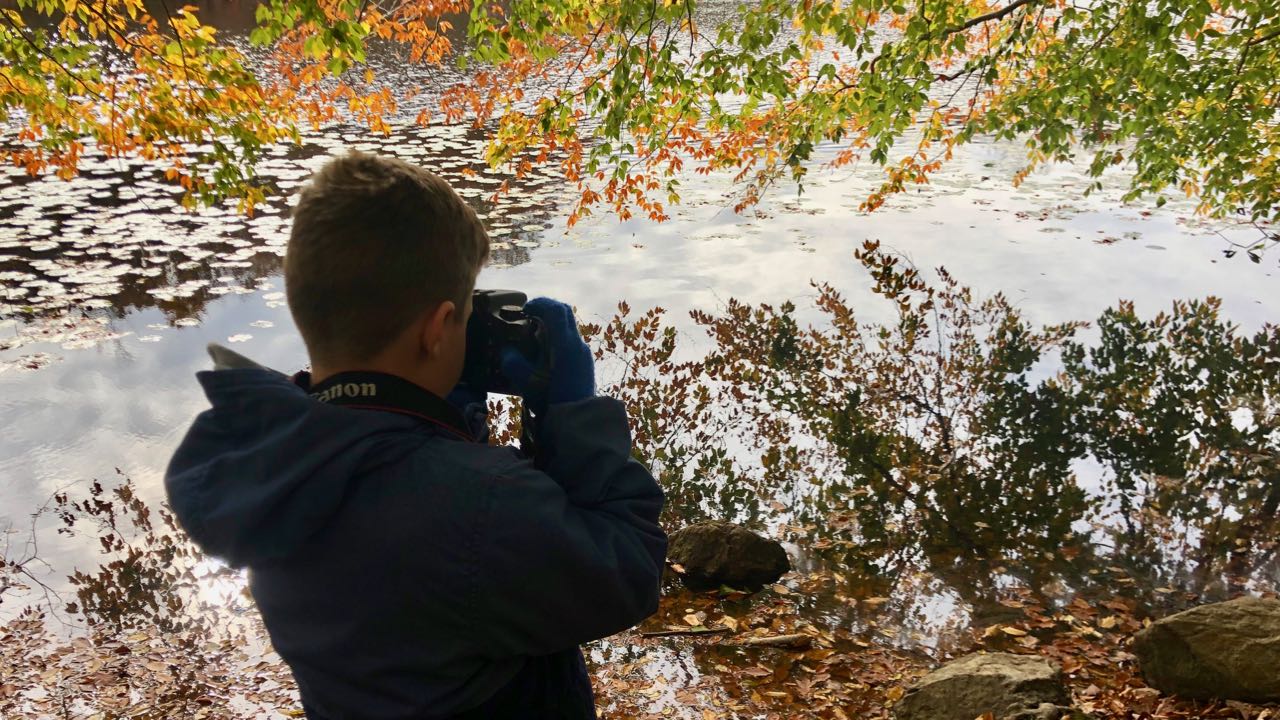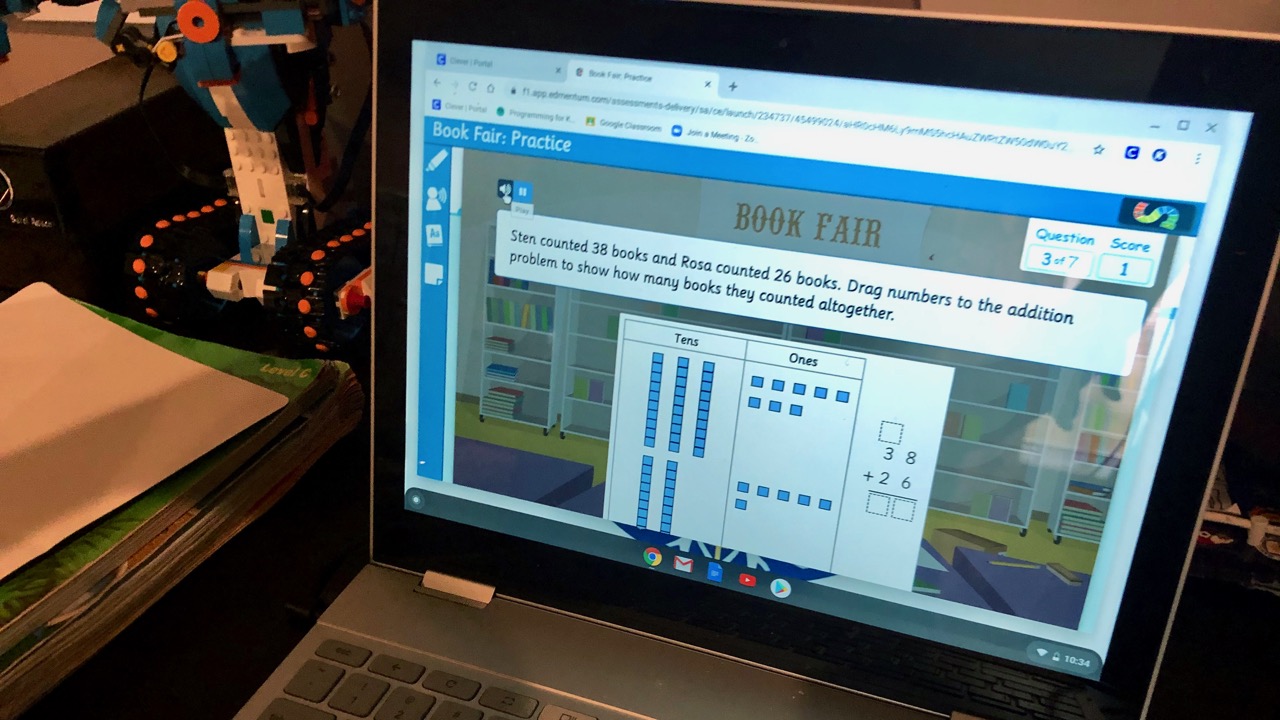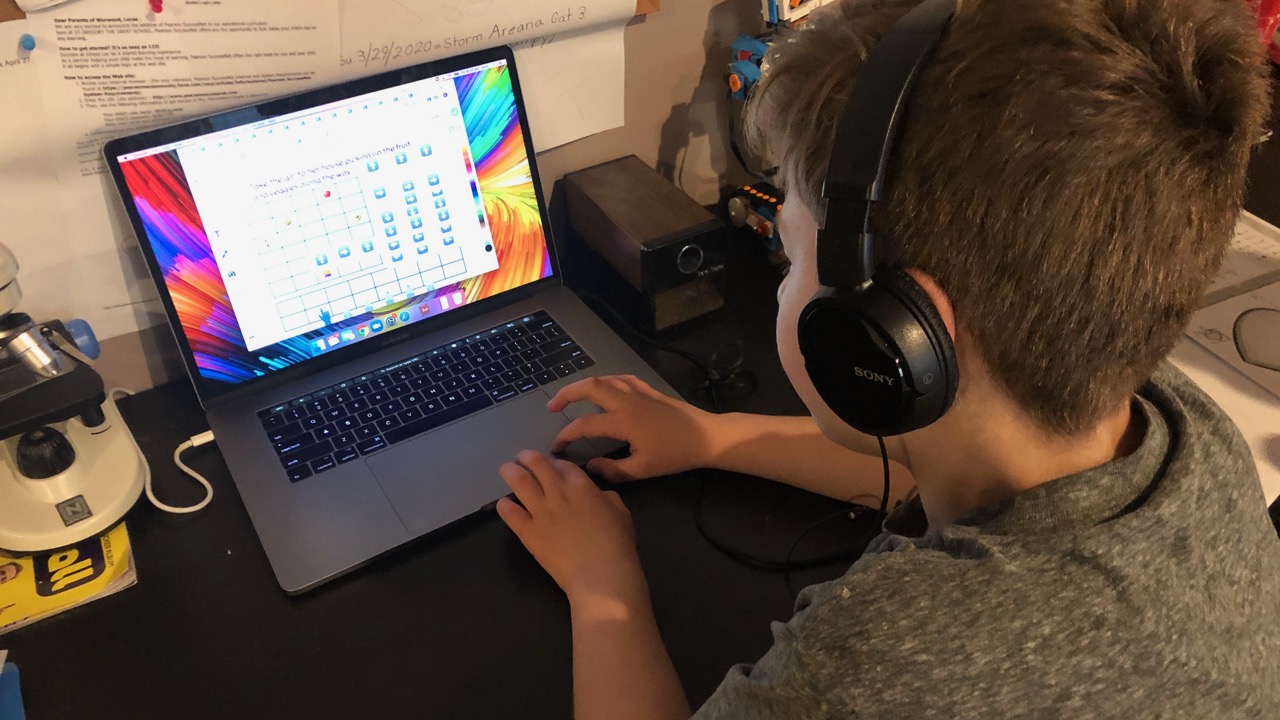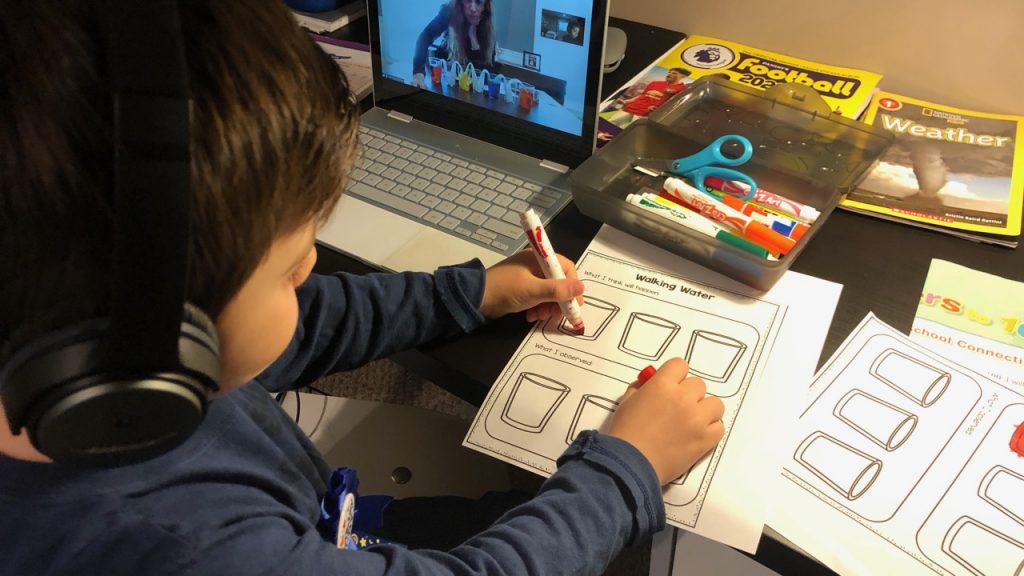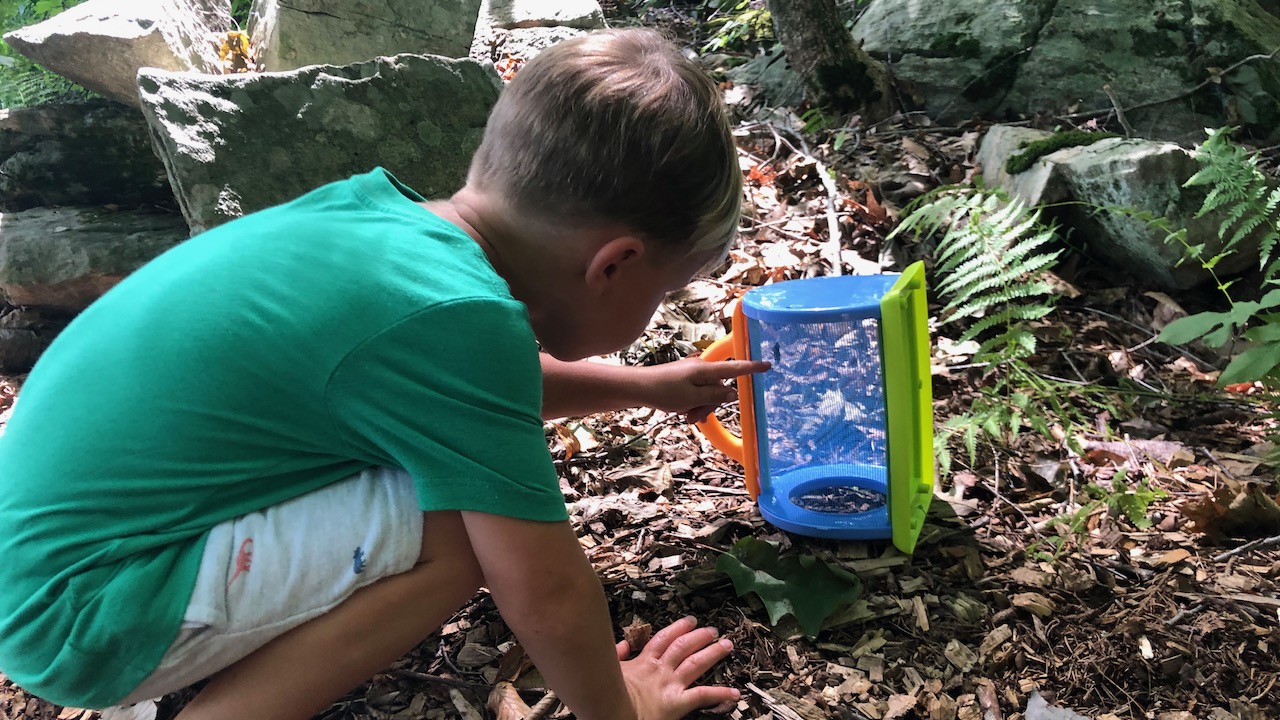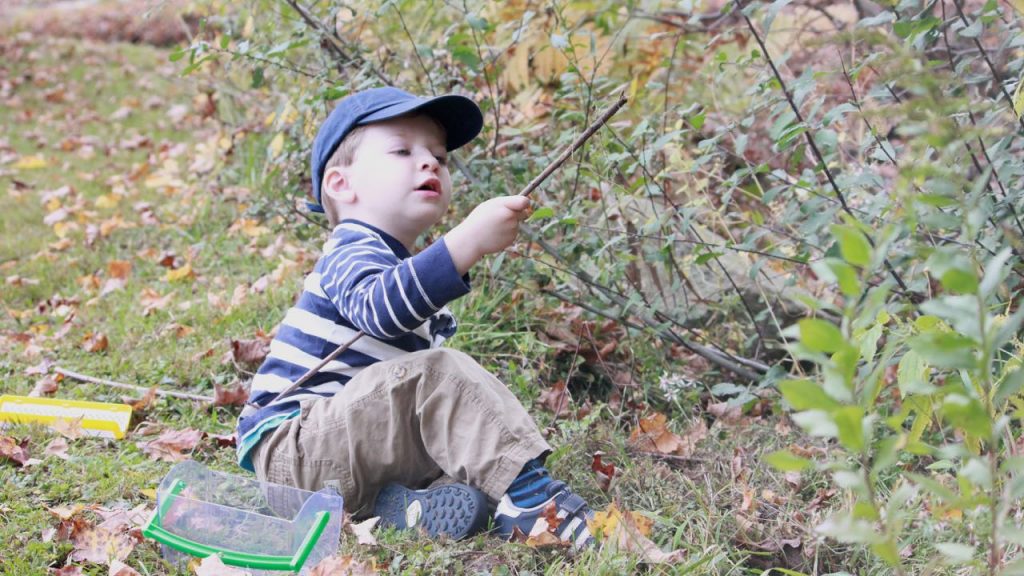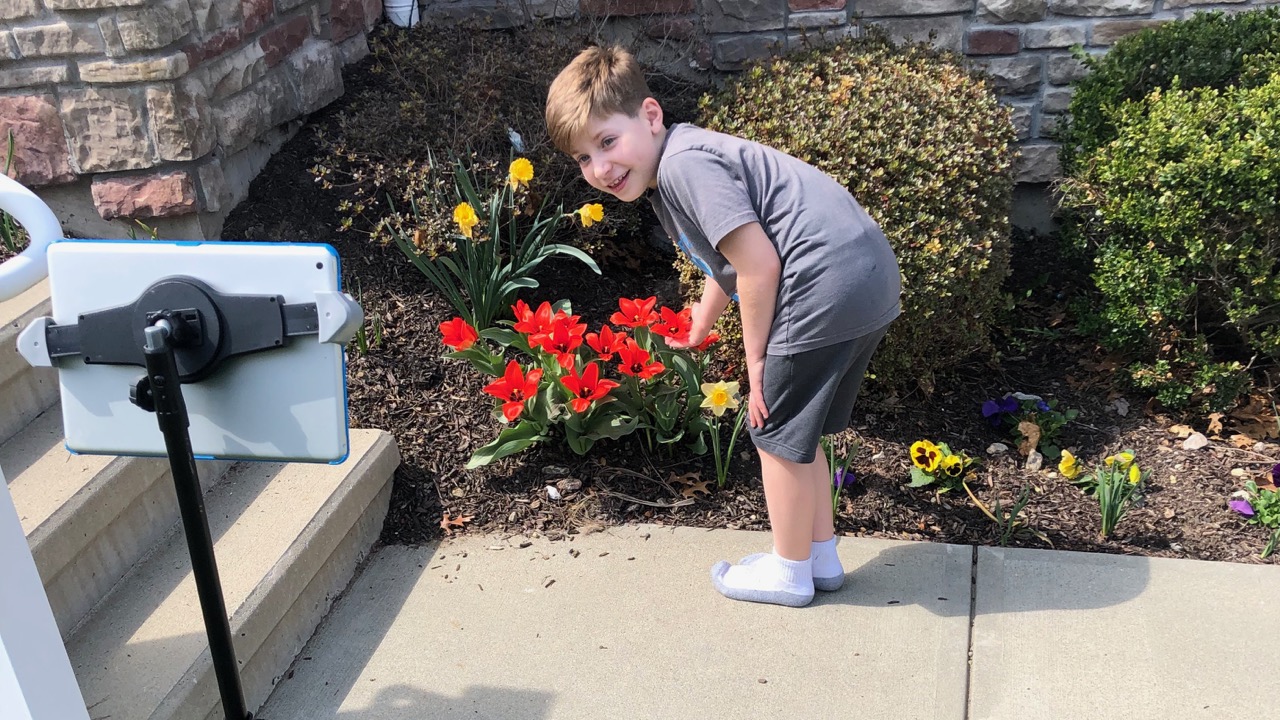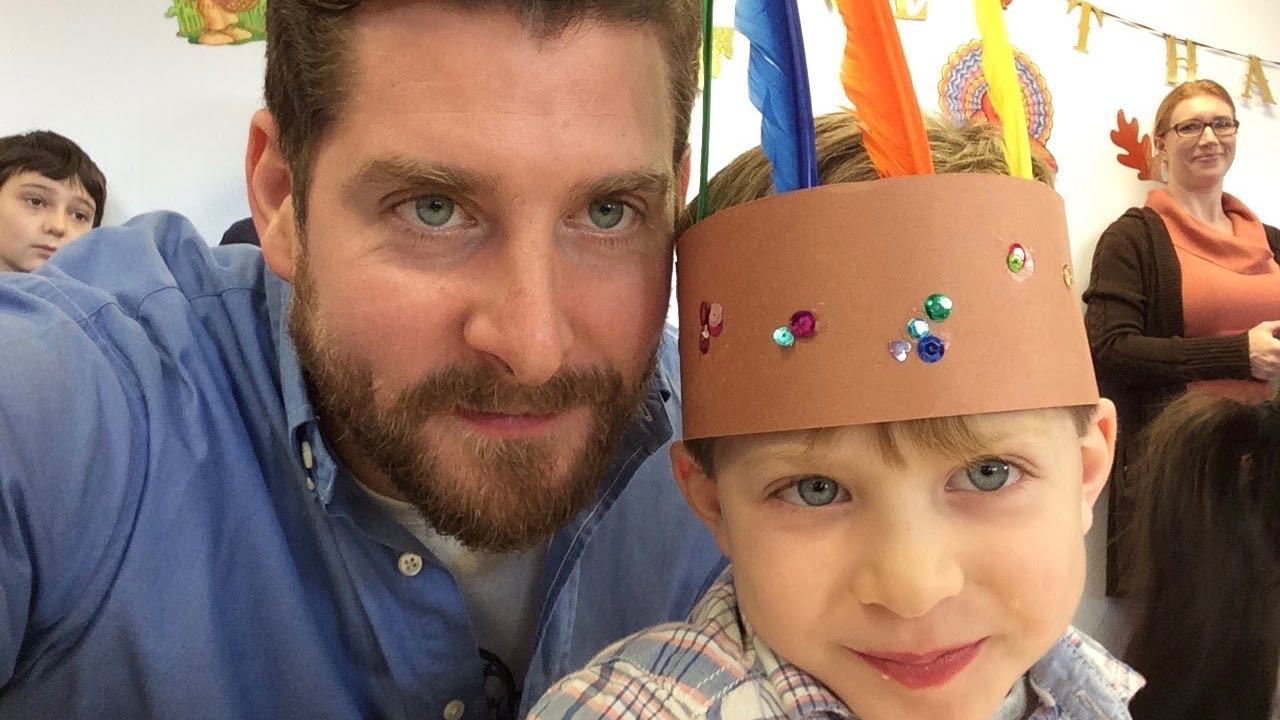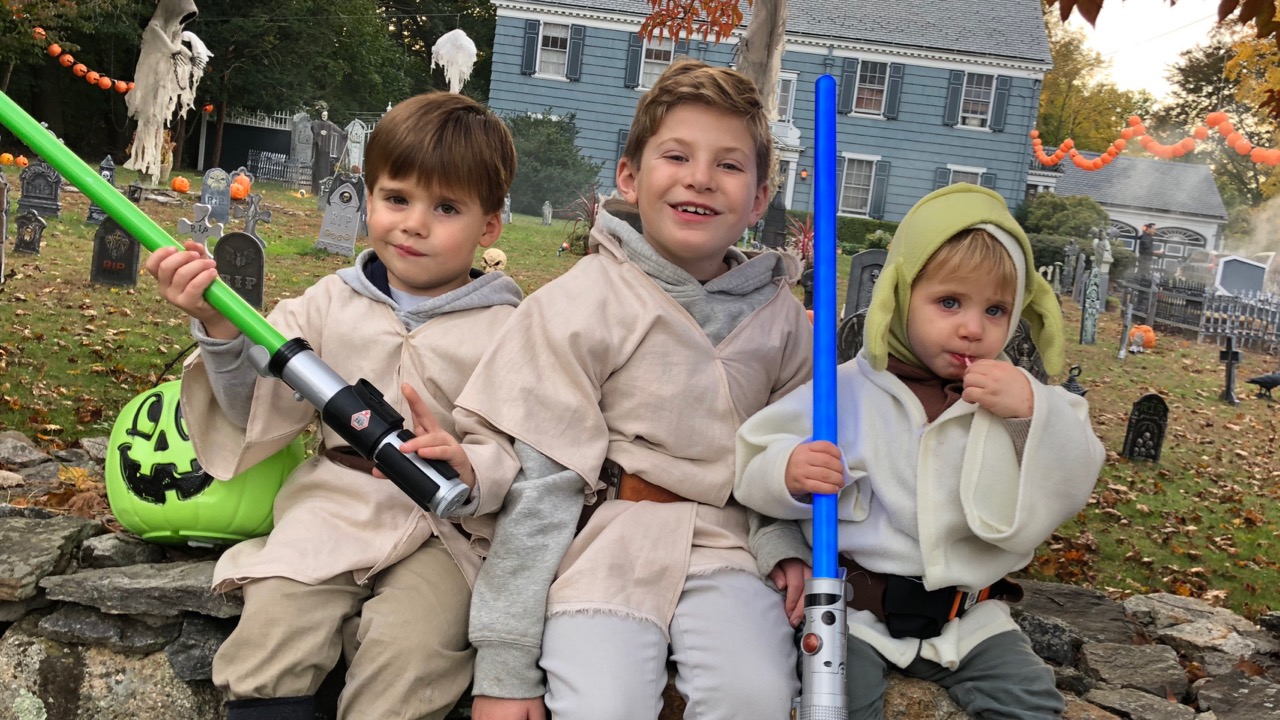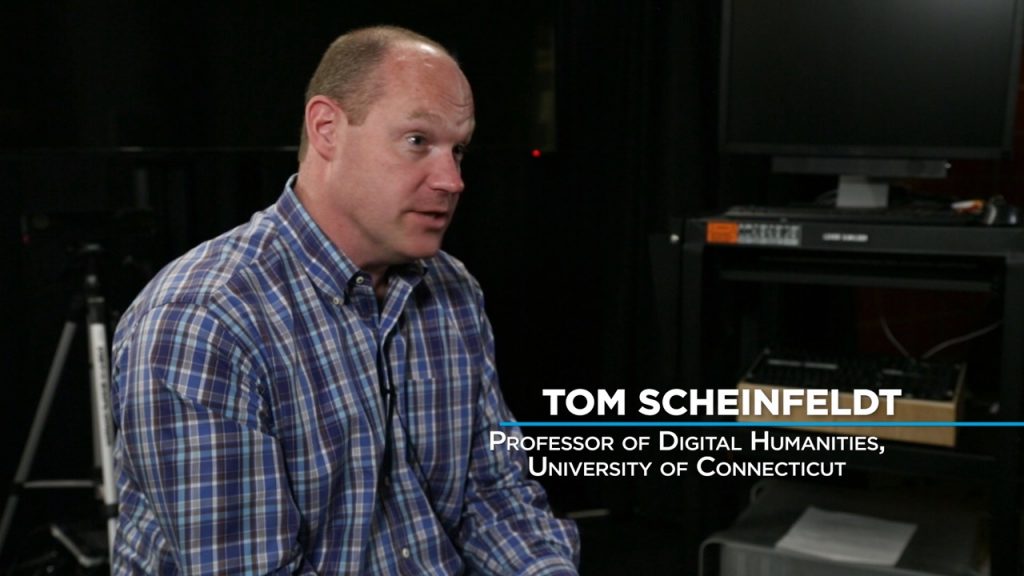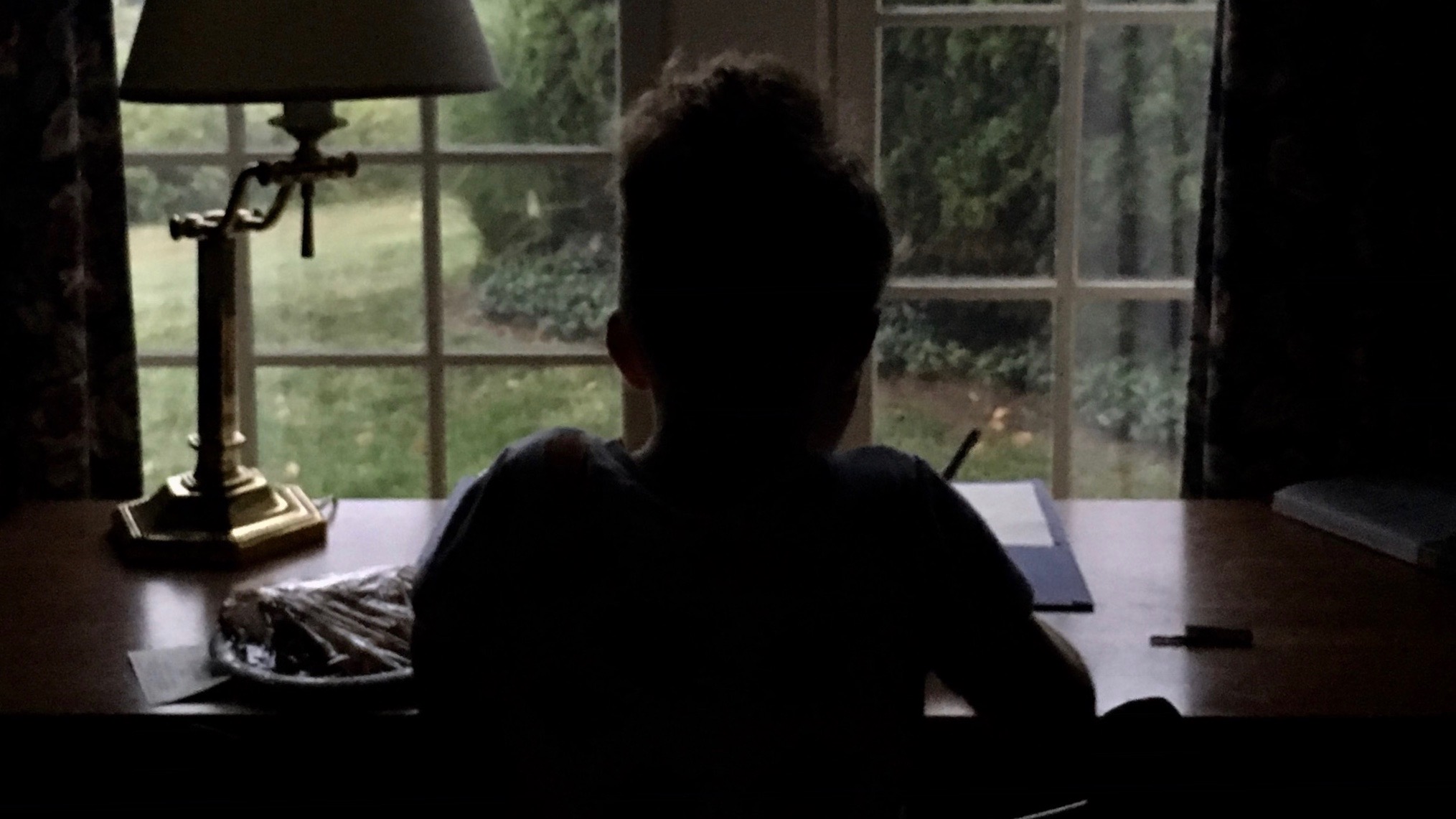This blog article is a reflection on a sequence of random events that led up to an incident of imaginative play that engaged my three boys. This reflection offers 1 tip to support imaginative play in children.
We sometimes talk about a child’s interests as things that emerged by chance. I take the position that they’re not always random acts but an outcome that developed from a sequence of past events.
Before I share my 1 tip to support imaginative play in children, I want to offer my reflection through a timeline of activities that I felt contributed to a game that engaged my three boys in over 45-minutes of focused imaginative play on a couch.
See Also: 5 tips for creative writing at home
Let me be clear; it’s a rarity for my three boys to stay engaged in a single game, absent tears, screaming, and complete chaos in the room.
However, this activity engaged each child at their level, no mess, happiness, excitement, laughter, it was perfect. Sadly, within 1-hour, they were back downstairs in the basement, trashing the furniture to build their floor is lava obstacle course. (note to self – Stay on topic).

Don’t forget to Follow us on Facebook! We want more likes!
In the image above, the boys played a video game called Ninja’s Past on devices from tech companies Robo & Luna. However, there’s a snag in this story; the game and companies do not exist. They’re made up. Despite this, the talk about unlocking new characters, making it to the next level, and screams when losing a life, were entirely genuine to them. It was a demonstration of the power of imagination, a power that is so strong and evident in young children.
There are so many angles on how I’d like to explore this experience as a Father who got extra time that morning to enjoy his coffee. I invite you to take this summary of the story and do some thinking of your own. That said, it would be amiss of me if I didn’t touch on the irony of kids playing imaginary video games when many of us worry about the impact of video games on creativity and imagination. (note to self – Stay on topic).
OK, here’s my reflection; I wonder if we do too much research on real-world experiences that fuel childhood imagination and not enough on the discoveries that take place during previous play. Consider the developmental timeline explored below that led to this moment (times are an approximation):
Random Events Timeline Leading to Imaginative Play
- 9-months prior (approx.). My eldest develops a fascination for technology and begins to use paper and color pencils to create cell phones
- 9-months prior (approx.). Around the same time, my middle son develops the dreaded fascination with playing video games.
- 8-months prior (approx.). My eldest creates an imaginary technology company headquartered in his long-term fictional country of Coconut Island – the company is called Luna Tech.
- 6-months prior (approx.). My eldest begins making paper phones for his classmates, fascinated by the initial prototype that he shared one day in class. The company expands to make devices like the super watch sentori and ear pods to rival Apples airpods
- 6-months prior (approx.). Around the same time, my middle son and now my youngest begin copying their eldest brother, making their own phones using paper and lego.
- 5-months prior (approx.). Seeing the attention his eldest brother Around the same time, my middle son and now my youngest son begin copying their eldest brother, making their own phones using paper and lego.
- 4-months prior (approx). My middle son establishes his technology company called Robo. More importantly, he becomes obsessed with Ninjago on Netflix. This obsession creates a pause in his desire to play video games at every waking hour.
- 2-months prior (approx). My eldest and middle son begin talking about the different things they can do on their devices. This gives rise to games where they start using their devices in the real world. For example, my eldest uses his phone at birthday parties to capture photos and videos.
- 1-months prior (approx). My eldest and middle son begin playing Ninja’s past, a new game only available on the Luna and Robo devices.
A short time later, my youngest begins replicating his brother’s play, and I see them one morning playing on the sofa. I use my device from a company called Apple to capture an image. I then used another device from Apple to write this article and share this story with the world.
Reflecting on this timeline, my boys produced this game without any adult intervention. However, it was a game fueled by their interactions in the real world that helped expand their imagination. I suppose it’s not too different from playing home corner in the Kindergarten classroom.
So my 1 tip to support imaginative play in children
Give opportunities for your children to play without structure; this requires minimal input from adults and minimal interaction with tablet devices.
Anyway, I have to go; on writing this article, they’re back to playing floor is lava and getting out of control.

